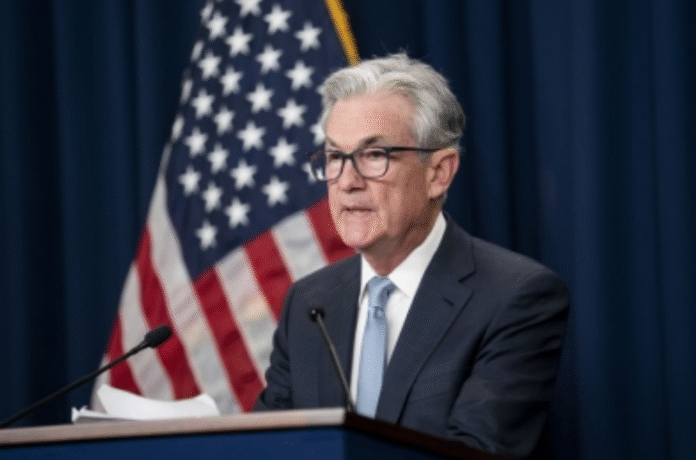New Delhi— The U.S. Federal Reserve’s decision to hold the federal funds rate steady at 4.25–4.5% reflects a cautious but measured response to ongoing global uncertainties, say economists and market experts. Factors such as geopolitical tensions, trade disruptions, and a recent 90-day tariff pause announced by the U.S. administration are contributing to the Fed’s cautious stance.
The Federal Open Market Committee (FOMC) noted continued economic expansion in the U.S., supported by a strong labor market and low unemployment.
“While uncertainty around the economic outlook has eased somewhat, it remains elevated. The Fed’s decision is prudent, balancing the goals of maximum employment and a return to its 2% inflation target,” said Hemant Jain, President of PHDCCI.
Federal Reserve Chair Jerome Powell appeared more concerned than in May about inflationary pressures driven by tariffs. “Ultimately, the cost of the tariff has to be paid. And some of it will fall on the end consumer,” Powell stated. However, he emphasized that the Fed sees no immediate signs of economic weakness and is “well positioned” to monitor evolving conditions before acting.
According to Emkay Global Financial Services, the Fed is expected to hold off on any rate cuts until there are meaningful signs of labor market deterioration. “The next cut may not come until September,” the firm noted. “Market expectations reflect this, with a 63% chance of a September cut and only 10% for July.”
The Fed also adjusted its economic forecasts, lowering the 2025 GDP growth estimate to 1.4% (a 30 basis point reduction) and raising the core CPI projection to 3.1% (a 30 basis point increase), signaling growing concern over inflation amid slower economic growth.
Market reactions were mixed. U.S. equity indices held steady, but short-term Treasury yields saw volatility. “A potential 50 basis point cut in 2025 could improve global liquidity and support Indian markets,” said Vaqarjaved Khan of Angel One, while cautioning that ongoing Middle East tensions and trade-related risks could limit gains.
Looking ahead, experts say the Fed will closely monitor incoming data and adjust its monetary policy as needed, particularly if signs of economic stress begin to emerge. (Source: IANS)








